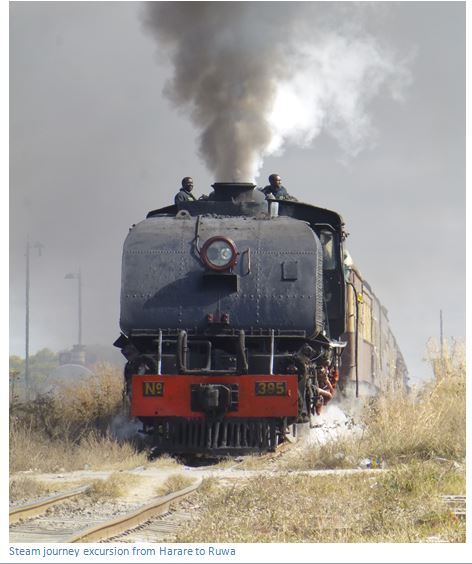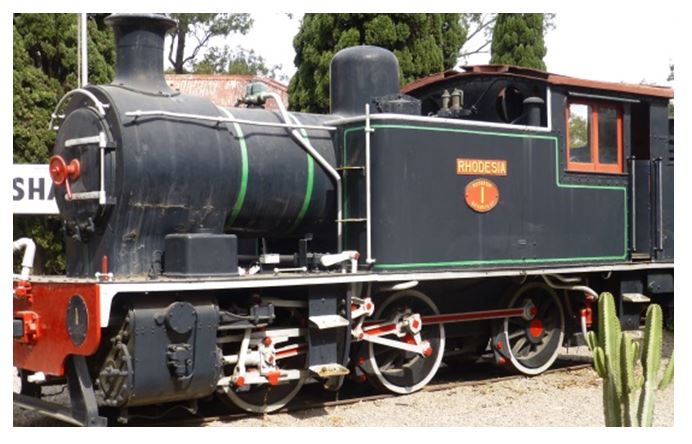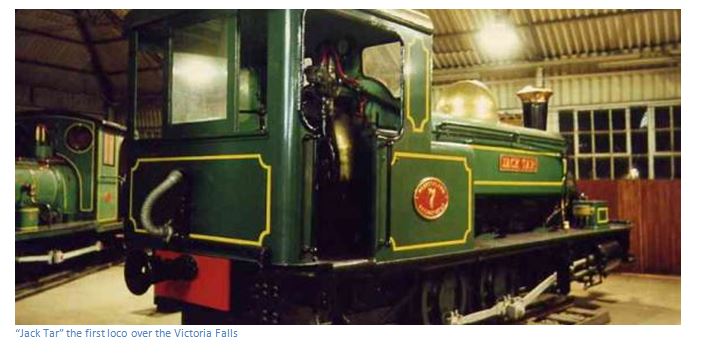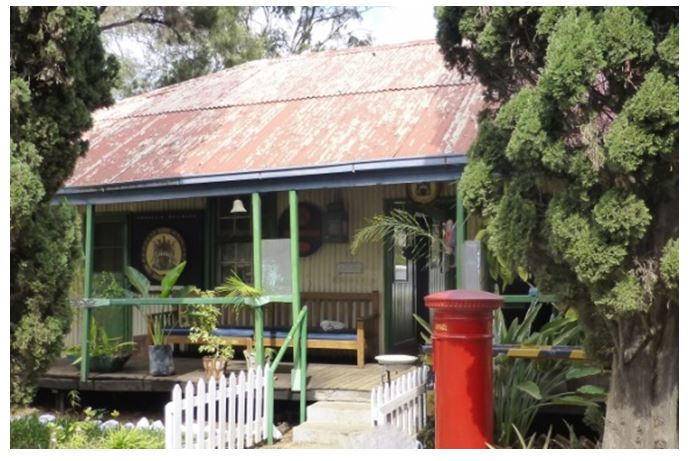Bulawayo Railway Museum
- The railways have played an absolutely vital and integral part of Zimbabwe’s development and this was recognized from as early as 1892 when a start was made to build a two foot gauge line from Fontesville (on the Pungwe River inland of Beira) to Mutare. In 1893 work commenced on extending the three foot six inch line (1.067 metres) from Vryburg in the Cape north to Bulawayo. In 1897 the railway reached Bulawayo and by 1900 three-quarters of the current railway system had been built mostly by George Pauling.
- The Bulawayo Railway Museum recognizes this achievement and pays homage to the railwaymen: engineers, surveyors, station masters, drivers and guards who laid and maintained the railways, many died in the process.
Located in Prospect Avenue, off Josiah Chinamano and behind the OK Mart.
GPS reference: 20⁰09′50.09″S 28⁰34′25.55″E
The Museum office was the station building for Shamva from 1931 until moved and re-erected in its current position in 1972. Many of the exhibits are in the open as they are large and comprise heavy steam and diesel locomotives and rolling stock; it’s a refreshing change to be able to climb into the cab and imagine oneself as an engine driver steaming down the railway line!
The first trains were narrow gauge and travelling from Beira to Macequece (modern-day Manica) in 1897 was exciting and eventful. The narrow gauge lines soon gave way to the standard gauge of 1.07 metres (3 foot 6 inches) and the locomotives evolved from the small wood-burning engines pulling 7,160 lbs to the massive Beyer Garrett capable of pulling 52,364 lbs. Both these types and more are represented at the Railway Museum.
“Jack Tar,” built in 1886 was the first locomotive to the Victoria Falls, where it arrived decorated with palms and flowers and a board inscribed “we’ve a long way to go” on 25th April 1904. It was then dismantled and sent across the Victoria Falls Gorge on a blondin cable during the construction of the Victoria Falls Bridge and was the first locomotive to steam over the Bridge on its completion.
On display are some magnificent examples of early passenger coaches, including Cecil Rhodes' private saloon, which was also used to carry his coffin from Cape Town to Bulawayo for his burial in the Matobo in 1902. But there is also a variety of general rolling stock including livestock wagons, passenger wagons, dining cars and a General Managers luxury private saloon, complete with kitchen, bathroom, dining room and bedroom.
Key Railway Dates | |
1897 | Mafikeng to Bulawayo line opened |
1898 | Beira railway to Mutare opened (2 foot gauge) |
1899 | Mutare to Harare line opened (3 foot 6 inch gauge) |
1900 | Beira railway to Mutare converted to 3 foot 6 inch gauge |
1902 | Bulawayo to Harare line opened |
1904 | Bulawayo to Victoria Falls line opened |
1949 | Rhodesia Railways Ltd, a private company becomes Rhodesia Railways |
1979 | Zimbabwe Rhodesia Railways |
1980 | National Railways of Zimbabwe |
The Bulawayo Railway Museum should be on every visitor’s checklist and is a must for school children. It is thanks to the NRZ management, their workshops and engineering staff and dedicated volunteers and enthusiasts like Gordon Murray that this railway heritage has been preserved for the future.






